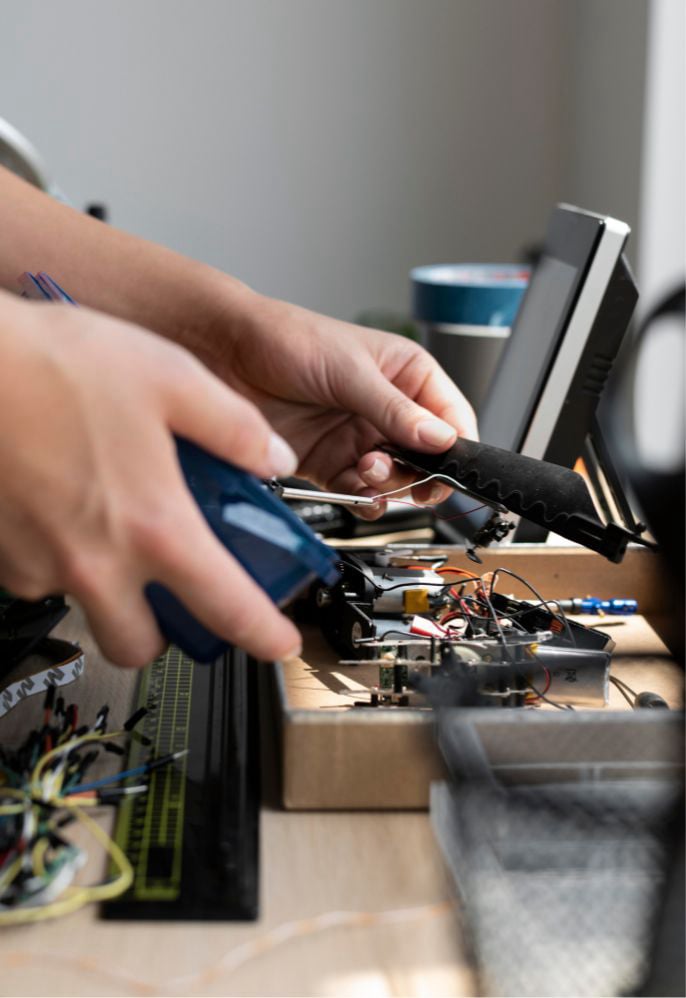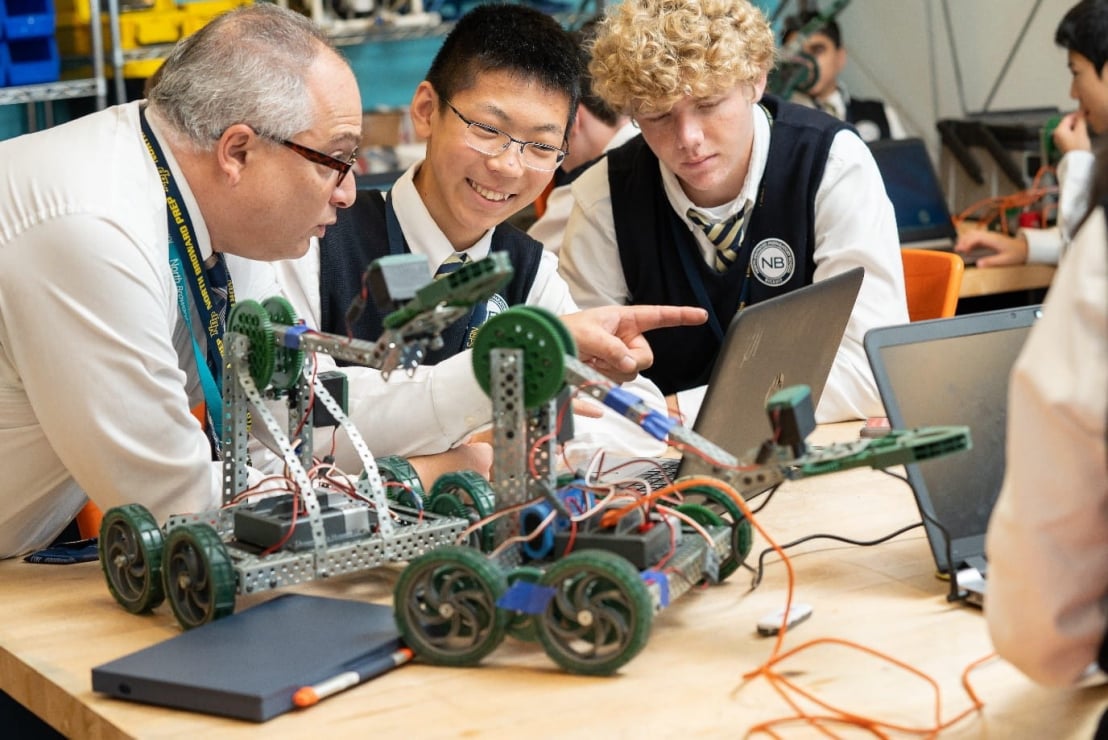Pittsburgh, Pennsylvania is a city that defies expectations. Once known predominantly for its steel mills, Pittsburgh has undergone a remarkable transformation into a thriving hub of technology, education, and healthcare. Located in western Pennsylvania at the confluence of the Allegheny, Monongahela, and Ohio Rivers, the city is affectionately dubbed "The Steel City" for its industrial roots and "The City of Bridges" for its staggering 446 spans. Home to a population of over 300,000, Pittsburgh boasts a welcoming urban landscape that blends historic charm with forward-thinking energy.
The weather here is classically northeastern—offering the full spectrum of seasons. Spring and fall bring bursts of color and cool breezes, while winters see moderate snowfall and chilly winds. Summers are warm, rarely oppressively hot, creating an inviting atmosphere for locals and visitors to enjoy outdoor activities. Each season is punctuated by signature events like the Three Rivers Arts Festival in June, which draws national attention for its celebration of creativity across disciplines.
Tourists are often surprised by the sheer number of attractions in Pittsburgh. From the Carnegie Museums and the Andy Warhol Museum to PNC Park and the Duquesne Incline, the city’s mix of art, culture, sports, and scenery makes it one of the most vibrant metro areas in the U.S. Innovation is a growing heartbeat here, especially with the strong presence of Carnegie Mellon University and the University of Pittsburgh—both global leaders in research and tech development. Startups and tech incubators are sprouting across neighborhoods like East Liberty and the Strip District, providing fertile ground for inventors and entrepreneurs alike.
Events like the Pittsburgh TechFest and the Inclusive Innovation Summit further solidify the city’s place on the innovation map. For inventors, these aren’t just calendar notables—they’re opportunities to connect, showcase, and learn. Add to that an affordable cost of living compared to other tech cities, and Pittsburgh offers the perfect launchpad for fresh ideas and new ventures. It’s this unique mix of tradition and transformation that makes the city such a compelling backdrop for invention.



